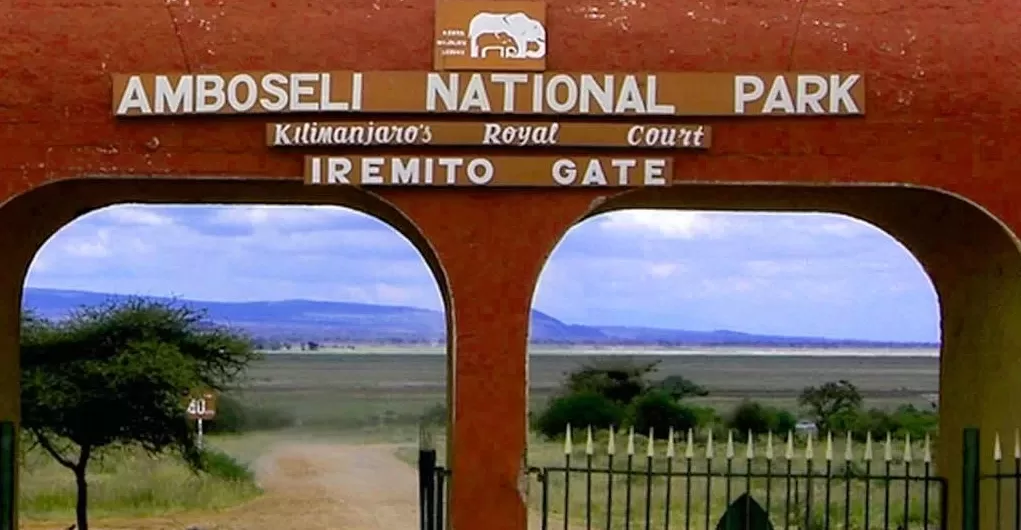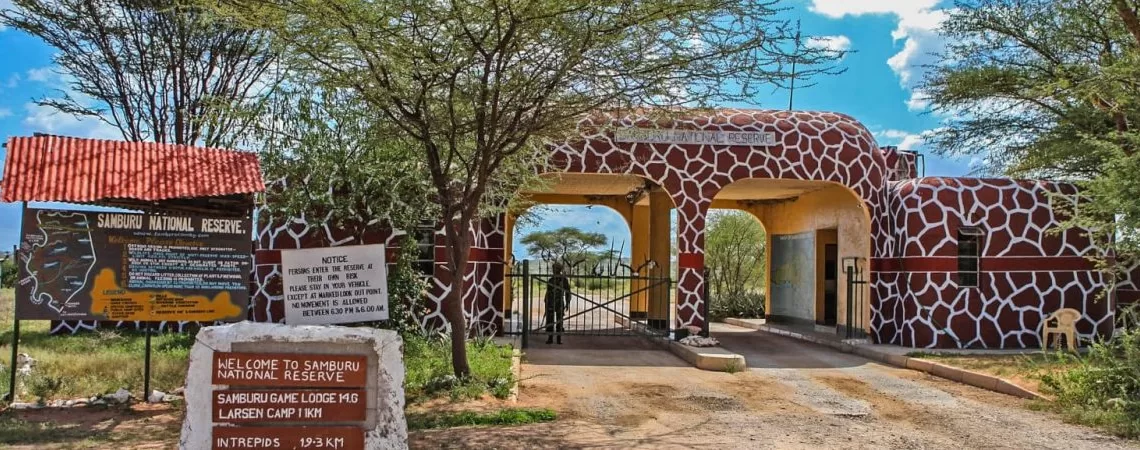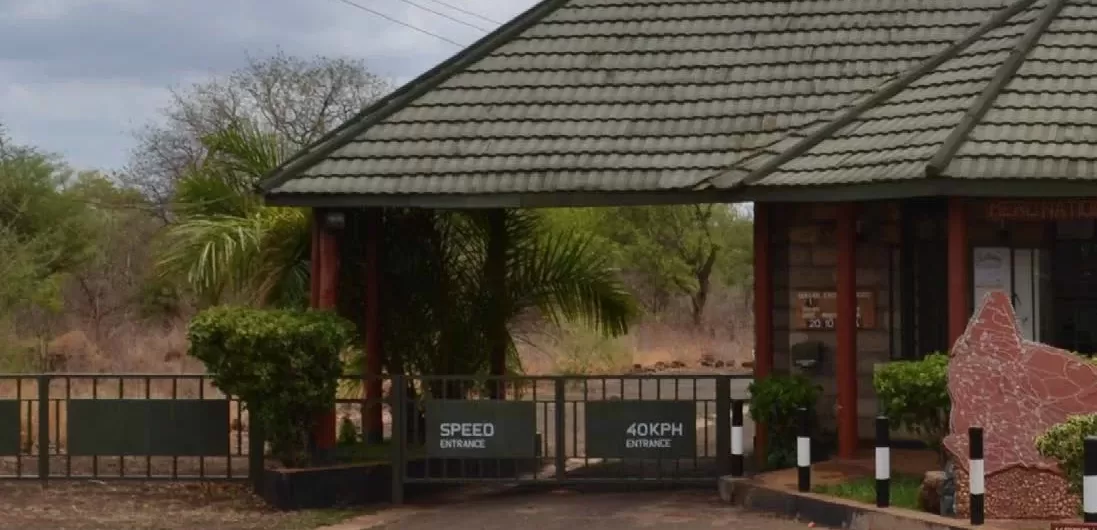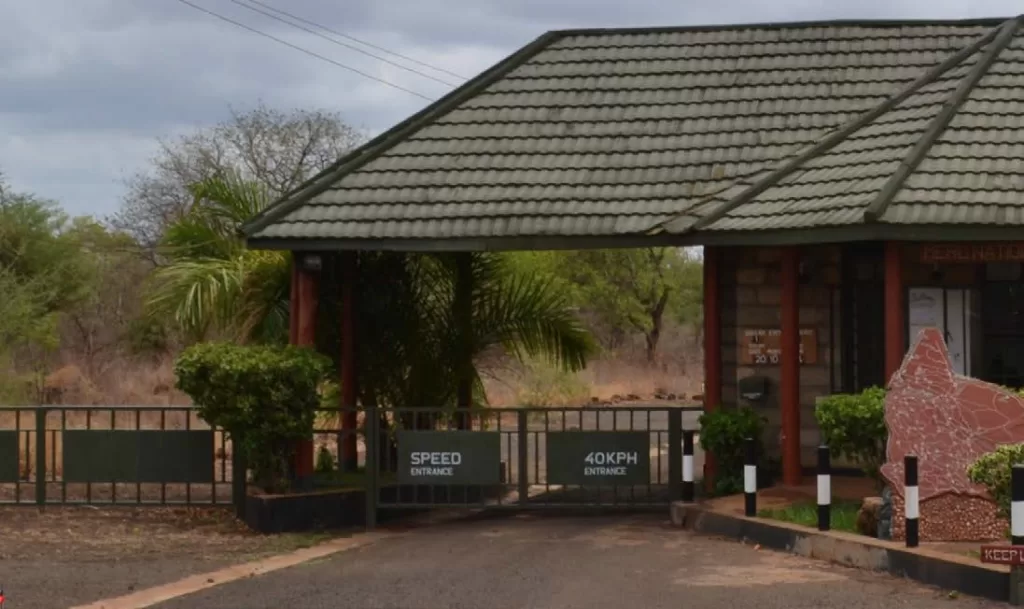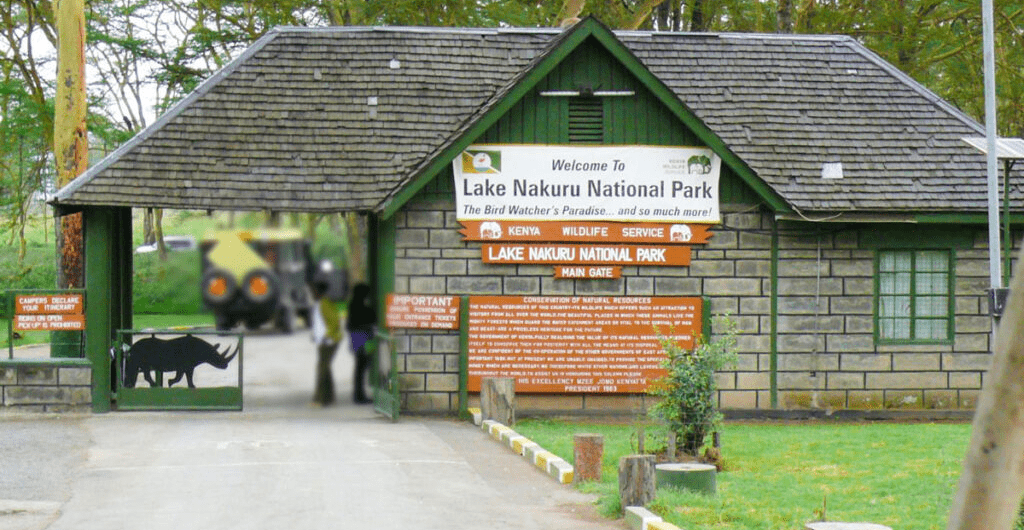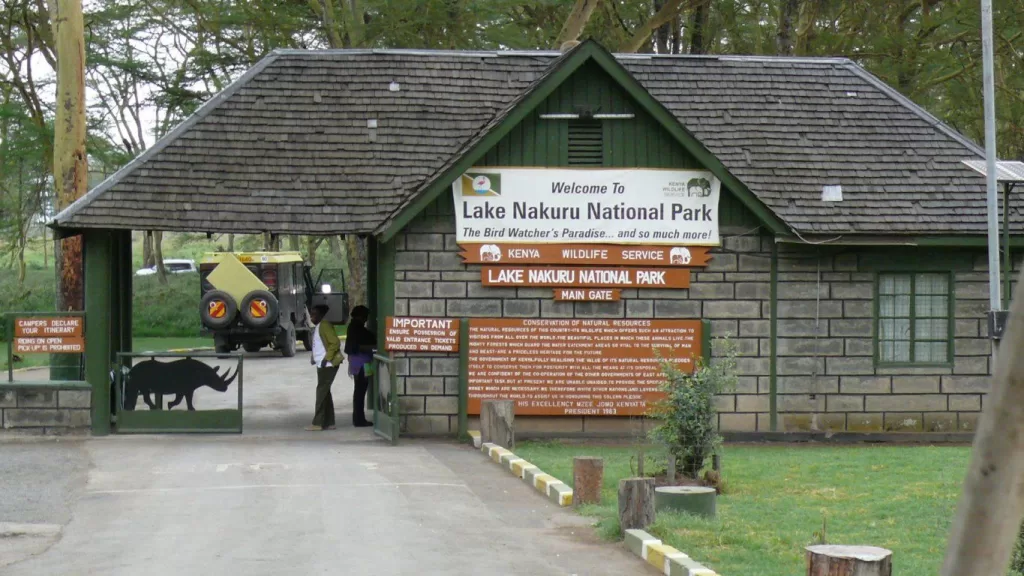Amboseli National Park is one of Kenya’s most well-known parks, and it culminates in Mount Kilimanjaro, Africa’s highest peak. The name Amboseli comes from the Maasai word meaning “salt powder”. This is one of the best places in Africa to see large herds of elephants up close. Nature lovers can explore five different habitats here, including the dry Amboseli lake bed, sulfur spring wetlands, savannah and forests. You can also visit the nearby Maasai community and learn more about their traditional culture.

Location
Its located in Kenya’s Loitoktok District, Rift Valley Province. It has an infinite underground water supply that is filtered through thousands of feet of volcanic rock from Kilimanjaro’s ice cap and funneled into two clear water springs in the park’s heart. The park straddles the Kenya-Tanzania border and is well-known for being the best place in Africa to get up close and personal with free-roaming elephants and other wildlife species.
How to get there
By Road:
The most Popular route into the park is from Namanga (240 km) from Nairobi on the Nairobi-Arusha Road via Meshanani Gate.
The alternative route is via Emali along the Nairobi – Mombasa Road (228 kilometers) from Nairobi.
You can also access the park from Mombasa via Tsavo West National Park using Kimana (Olkelunyiet) Gate.
By Air
The park has a single airstrip for light aircraft at Empusel gate. There are also airstrips at Kilimanjaro Buffalo Lodge and Namanga town.
Park entrance Charges

Attractions
Wildlife
Amboseli National Park is a distinguished domestic for wildlife.he park is best known for hosting the largest elephant population and is the place to see them in large numbers in Kenya. The most fascinating thing about visiting the park in the dry season for wildlife viewing is that large herds of animals raising a lot of dust as they cross the sandy plains, making for a great photo opportunity. The animals in the park are clearly visible from the observation hill and in the Sinet Delta.

Birds
Amboseli National Park hosts a good bird population estimated at over 420 species. The park inhabits three categories of birds: waterfowl that thrive in the swampy region of the park, grassland birds that live in savannah plains, and forest birds that live in acacia vegetation. Bird species found in Amboseli National Park include African Jacana, Goliath Heron, African Moorhen and many more.
Lake Amboseli
Its a a temporary lake in the northwestern region of the delta and occupies most of the park. The Lake usually dry, especially in the dry season. During the rainy season the lake fills up and sometimes floods. The lake basin is an inhabitant of many animal species such as elephants more so in the dry season when it is dry.
Great scenery Views of mountain Kilimanjaro
Amboseli National Park is one of the most scenic national parks in Kenya. The park is dominated by Mount Kilimanjaro, the highest peak in Africa. While in Amboseli National Park, you can enjoy the clear view of the snow-capped peaks of Mount Kilimanjaro which offers the best photo opportunity due to the panoramic view.
Maasai culture
The charming Maasai dominate the edge of the park. In the Maasai village, you will find Maasai cultural traditions including Maasai dances, traditional songs and their unique way of approaching them.
Accommodation
For a wonderful safari in this park,you should stay in comfortable accommodation that provides beds, food, and other amenities and facilities.
Ol Tukai Lodge
This chalet offers the panoramic scenery of Mount Kilimanjaro and is the best place to spot elephants. Decorated with a unique collection of African art, the chalet has superb indoor and outdoor facilities. Accommodation at Ol Tukai Lodge consists of luxury chalet-style double rooms. These rooms are very stylish and comfortable with spectacular uninterrupted views of Mount Kilimanjaro.
Sentrim Amboseli Lodge
Located in a rural area of Amboseli National Park on the border. The lodge is 35 minutes drive from Kimana Gate, 71 minutes drive from Kimana Reserve and 88 minutes drive by car from Loitoktok Hospital. Accommodation at is in 60 luxury and comfortable luxury tents with spectacular views of Mount Kilimanjaro.
Maasai Simba camp
This excellent family-run property is 18.1 km from Kimana Gate and 20.6 km from Amboseli Elephant Research Camp. camp Satao Elerai Camp Satao Elerai is a peaceful camp set in a 5,000-acre private wildlife sanctuary. This camp is in a very scenic location overlooking Amboseli National Park and the peaks of Mount Kilimanjaro. The camp is 6.6 km from Amboseli Elephant Research Camp, 20.3 km from Kimana Gate and 2.6 km from Amboseli National Park. The camp offers 5 lodge style suites and nine tents overlooking Mount Kilimanjaro with a great sense of luxury and privacy.
Satao Elerai camp
It is situated in the heart of Amboseli National Park with the magnificent slope of Mount Kilimanjaro, the lodge is surrounded by a series of emerald green swamps and acacia groves. Amboseli Serena Safari Hostel Room type accommodation, these rooms are shaded by palm trees and decorated with artifacts in unique colors and iconic shapes depicting legendary warriors. Each room is located in a one-story building and each reflects the Maasai Manyatta theme.
Kimana Amboseli tent camp
Kimana Amboseli Tent Camp is located 18.5 kilometers from the center of the park. Camp accommodation is offered in the form of 6 fully furnished guest cottages and 18 guest tents.
Tortilis Camp
The camp offers magnificent views of snow-capped Kilimanjaro, Africa’s highest mountain. This camp is located 7.8 kilometers from the center of Amboseli National Park and 83.7 kilometers from Kilimanjaro International Airport.
Kibo Safari Camp
The camp is a 4 hour drive from the city of Nairobi, 18.8 kilometers from the center of Amboseli National Park, 15 kilometers from the Amboseli Airstrip and 5 minutes from the park’s main gate. Kibo Safari Camp accommodation is offered in 73 detached tents, these tents have custom beds constructed from bush logs.
Best time to visit
Although Amboseli may be visited at any time of 12 months, it’s miles advocated to move with inside the dry months, that are from June to October and January to February.
The probabilities are high-quality early morning and past due afternoon within side the Wet season months from November to May, whilst the sky is apparent of dust. Amboseli National park/wildlife
Climate
Amboseli National Park receives typically hot and dry weather conditions, mostly dry seasons and short heavy rainy seasons, the dry season in the park is received in the monthly period of June to July and August to September.
The months of June and July are usually sunny with average temperatures of 25°C/77°F, especially in the afternoon. During the months of August and September are usually warmer than the months of June and July with average temperatures of 26°C/79°F. In September is it hotter
Contacts
Landline: 254(20) 8029705
Mobile: 0716 493 335
Postal Address: P.O Box 356 – 00209,
Loitokitok
